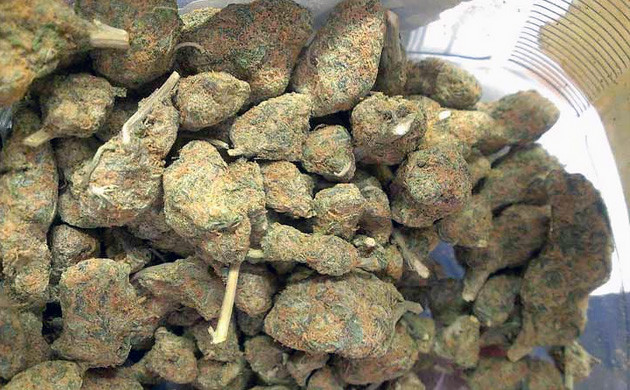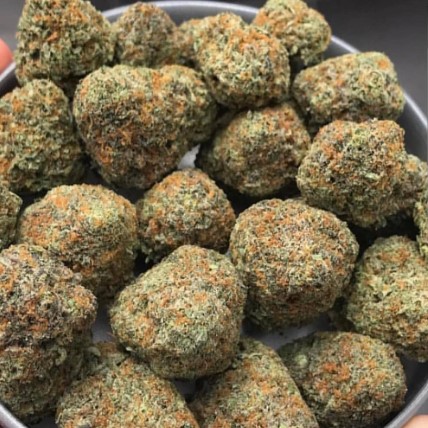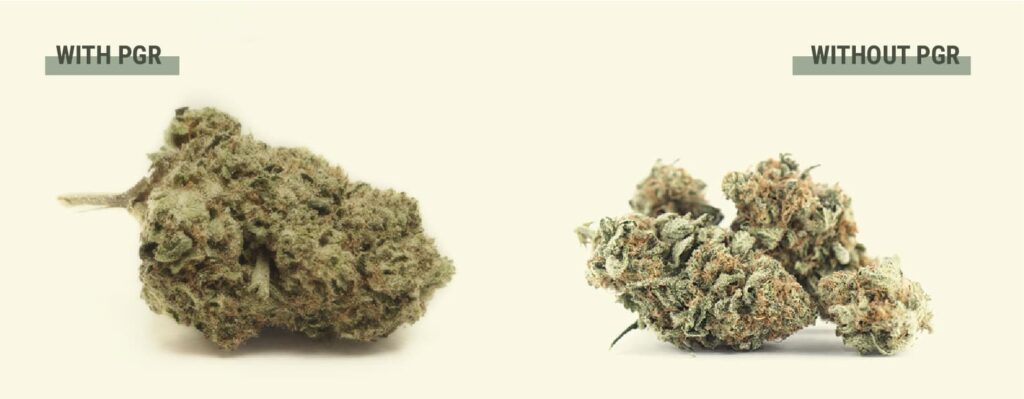Are you familiar with the term “PGR weed”? This type of marijuana is becoming increasingly common as more growers use chemical methods to boost their yields. If you’re a seasoned smoker, you may be able to spot the difference between PGR and non-PGR weed. The topic of PGR weed has been discussed in various forums, but it’s important to know how to identify it and its potential health effects.
Have you ever come across marijuana buds covered in unsightly brown hairs or with unfamiliar scents? If so, you may have been smoking PGR weed. This article delves into what PGR weed is, how to distinguish it from naturally grown marijuana, and its potential impact on your health. Keep reading to learn more about this topic.
What is PGR Weed
PGR weed, also known as Plant Growth Regulator weed, is a type of marijuana plant that has been artificially modified using plant growth hormones. These hormones, also known as PGRs, are used by growers to control various aspects of plant growth, including roots, flowering, and overall structure. However, while PGRs may have practical uses in plant growth for some purposes, they are not suitable for consumable plants like cannabis.
PGRs are commonly used to induce faster growth and higher yields, making them beneficial for farmers but problematic for consumers. PGR weed can grow faster and produce larger buds, but it can also have adverse health effects when consumed. It’s worth noting that PGRs pose no harm when used for non-consumable plants like hedges and grass in a lawn.
There are several types of PGR hormones used for growing various plants, but some of the most common ones for cannabis include:
Paclobutrazol, which stimulates faster growth and larger buds,
Daminozide (Alar), which increases overall bud yield.
ChlormequatChloride, which accelerates growth and flowering.
For growers who prefer non-PGR weed, it’s essential to know which PGR nutrients to avoid. Here’s a list of PGR nutrients commonly used in cannabis cultivation that you should steer clear of if you want to grow non-PGR weed:
- Rock Juice
- Boonta Bud
- Rox
- Mega Bud
- Bushload
- Gravity
- Phosphoload
- Superbud
- Dr. Nodes
- Yield Masta/Sudden Impact
PGR Weed Side Effects: What You Need to Know
Plant growth regulators (PGRs) are used by some marijuana growers to stimulate plant growth and increase yields. However, consuming PGR weed can have serious health consequences. PGR weed is toxic and can cause short-term and long-term side effects on human health. It’s essential to avoid PGR weed at all costs, and we’ll tell you how to identify it.
Short-term Effects of PGRs
Short-term exposure to PGRs can happen accidentally, such as through skin contact or inhalation. The immediate body responses to short-term exposure can include skin and eye irritations, respiratory distress, nausea, vomiting, and more. These effects depend on an individual’s immunity and genetic makeup, and some people may experience no symptoms at all.
Long-term Effects of PGRs
Long-term consumption of PGR weed can cause severe health problems. The following are some of the long-term side effects of PGRs on human health:
- Lung damage: PGRs can cause severe damage to the lungs, leading to respiratory problems and lung disease.
- Reproductive health: Both men and women can experience damage to their reproductive health from consuming PGR weed.
- Brain damage: PGRs can lower amino acid and antioxidant levels in the brain, leading to brain damage.
- Prenatal health complications: Pregnant women who consume PGR weed may experience complications during pregnancy that can affect fetal development.
How to Identify PGR Weed
As a marijuana smoker, it’s important to be able to spot PGR weed and steer clear of it. This is the only way to reduce the prevalence of PGRs in weed. Unfortunately, many consumers are unaware of how to distinguish between PGR cannabis and natural weed, allowing unscrupulous growers to continue using these harmful chemicals.
If growers no longer have a market for PGR weed, they will stop using these dangerous chemicals. That’s why we’re here to help educate unsuspecting PGR bud consumers, so they can stop buying PGR weed. But how can you tell if the flower you’re about to buy was grown with chemicals or not?
PGR vs. Non-PGR Weed
PGR weed refers to cannabis treated with plant growth regulators, presenting health concerns as a result of the unregulated application of these substances. PGR weed is characterized by distinct features that distinguish it from natural weed. These buds have different physical attributes and a much lower cannabinoid content. Here are some signs that you might be dealing with PGR weed:
- PGR buds have little to no aroma.
- They feel spongy to the touch.
- PGR buds are unusually dense and hard.
- There are fewer trichomes or crystals present.
- The weight-to-size ratio of the buds is high.
- Buds have rounded, smooth edges that look like individual nuggets.
- PGR buds may have dense orange or red hairs.
- THC content is much lower than the cannabis strain average.
- There is a harsh, chemical taste.
- Smoking PGR weed may cause headaches.
- PGR buds turn a dull brown color when dried and cured.
Identifying PGR cannabis shouldn’t be too difficult if you’re familiar with natural marijuana flowers. If you suspect that you’re dealing with PGR weed, it’s best to avoid smoking it for your own safety. Be sure to share this information with your friends and fellow stoners to help spread awareness about the dangers of PGRs in weed.
Conclusion
Consuming PGR weed can have severe health consequences, and it’s essential to avoid it whenever possible. By understanding the short-term and long-term side effects of PGRs and how to identify PGR weed, you can make informed decisions about the cannabis you consume. Stick to natural weed as much as possible, and avoid any products that contain the PGR nutrients listed above.



